Yay for Waystations: How to Certify Your Property as a Monarch Waystation
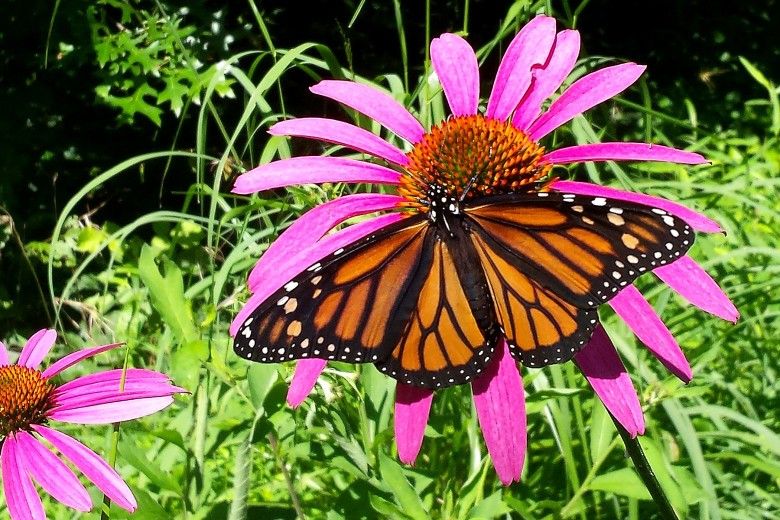
By now, you may have heard that the International Union for Conservation of Nature classified the monarch butterfly (Danaus plexippus) as endangered in July 2022. While this designation does not provide the monarch butterfly any legal protections in the United States, it does highlight the plight of this iconic species—which should help form recommendations to protect it and other pollinators.
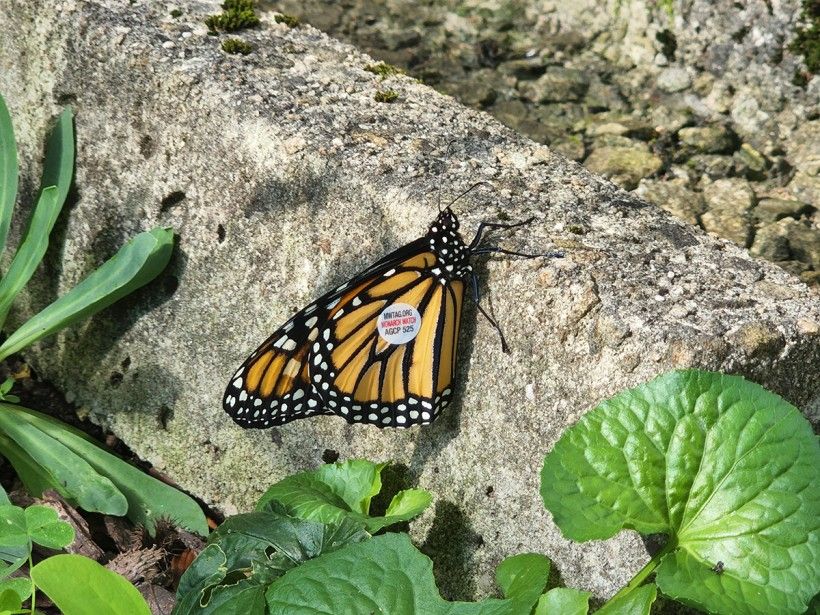
One action you can take to help monarch butterflies is to have your property certified as a Monarch Waystation. The Monarch Waystation program is overseen by Monarch Watch, a 31-year-old organization that operates through the University of Kansas. Monarch Watch champions monarch butterflies and their habitats, conducts research, provides education and manages a tagging program in which the Brandywine Conservancy’s Penguin Court has participated over the last four years. So far, none of the 78 monarch butterflies that Penguin Court has tagged have been recovered, but we’re hopeful that we one day get that notification!
In the meantime, Penguin Court and its partners will continue to propagate and promote not only milkweed (Asclepias spp.)—the only host plant for monarch butterflies—but also nectar plants, too, which are often forgotten. Yes, milkweed plants are critical for monarchs’ survival, but so are nectar plants like asters (Symphyotrichum spp.), goldenrods (Solidago spp.), sunflowers (Heliopsis spp.) and Joe-pye weeds (Eutrochium spp.), which fuel the adult butterfly and the Methuselah generation’s migration to Mexico.
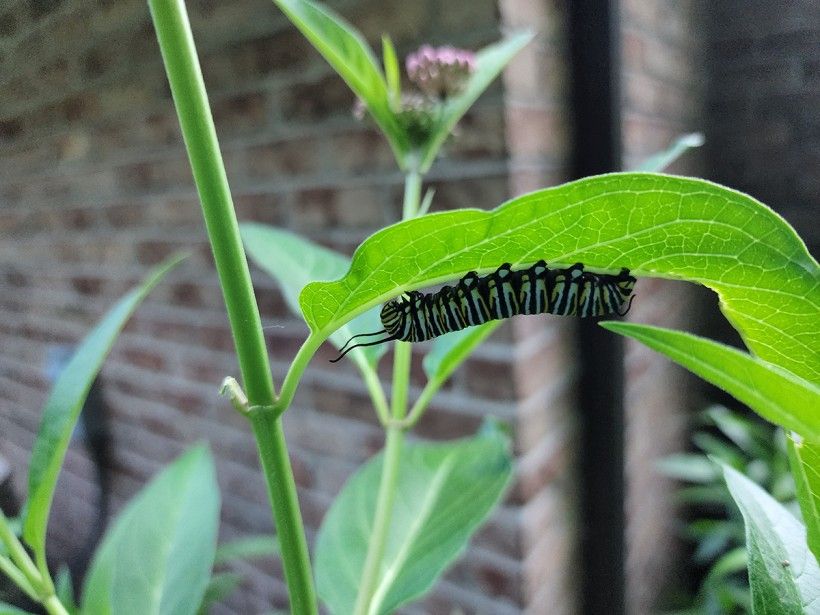
Milkweeds and nectar plants are two components of a Monarch Waystation. Monarch Watch recommends planting at least 10 milkweed plants, preferably of two or more species that are native to your region, since species grow and flower at different times. Nectar plants should bloom continuously or sequentially to provide nectar throughout the monarch’s breeding season and fall migration. They’ll have a constant food source and you’ll have constant color in your landscape! While native plants are preferred, there are also many annuals that are “super buffets” for butterflies like cosmos, lantana, Mexican sunflower and zinnias.
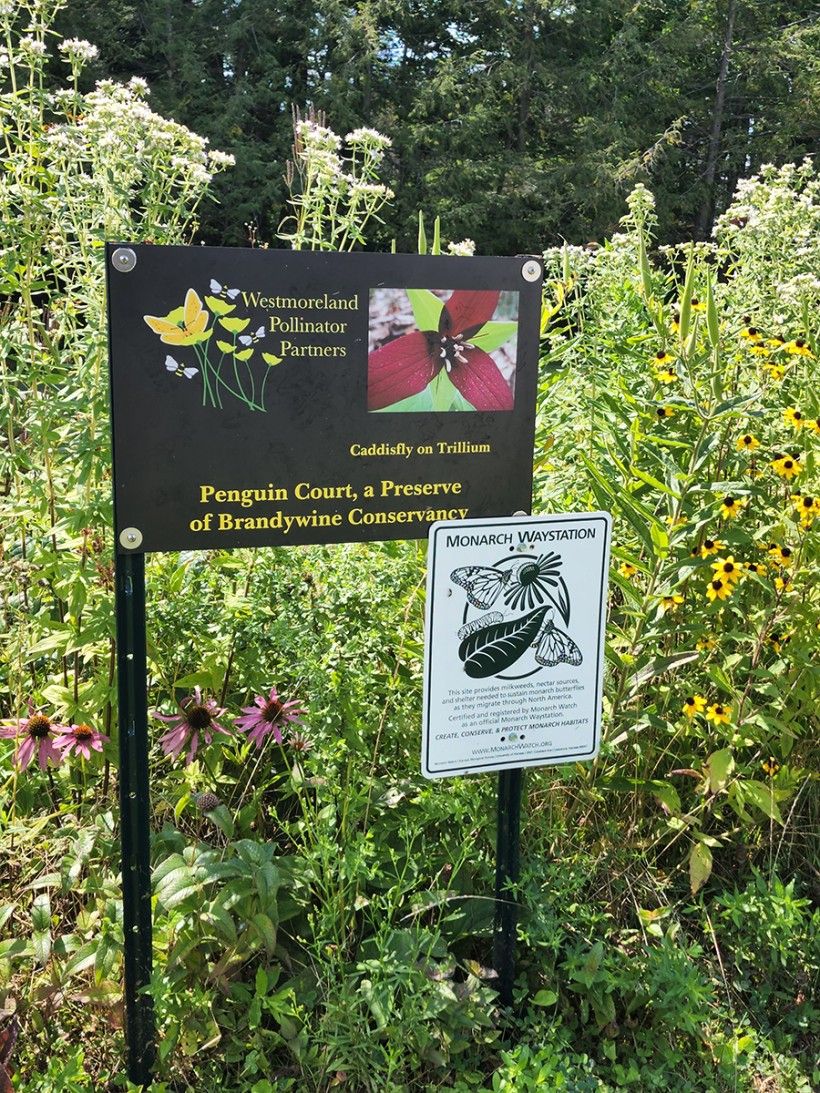
Monarch Waystations should also provide butterflies shelter from predators and the elements, which means having plants close together—as appropriate for each species. Further, since monarch butterflies and a lot of their favored plants crave sunshine, waystations should be in an area that will receive at least six hours of sunlight a day. Monarch Watch does not require a minimum area to have your property certified as a Monarch Waystation—so yes, small container gardens would qualify— but they do suggest your waystation be at least 100 square feet to truly be effective.
Finally, Monarch Waystations should have a management plan to sustain them for years and even decades to come. It doesn’t have to be a written and formal plan! Native perennials are an excellent choice for waystations, but even they need care from time to time. You might need to divide plants, water them when getting a garden established, mulch to keep competitive plants at bay, and remove invasive plants. It’s also very important to stop using pesticides, which can harm beneficial insects. Annuals may be a little more labor intensive, but can provide instant color.
If you would like to have your habitat certified as a Monarch Waystation and join the 41,800+ others across the globe, you can complete an online application, which walks you through a waystation’s guidelines. You’ll need a creative name for your waystation to distinguish it from others! There is an $18 fee to certify a garden that ultimately supports Monarch Watch and its mission. For an additional $18, plus shipping, you can order a metal Monarch Waystation sign to communicate to your neighbors and guests your efforts to protect not only monarch butterflies but all pollinators which will benefit from your waystation and smart management practices.
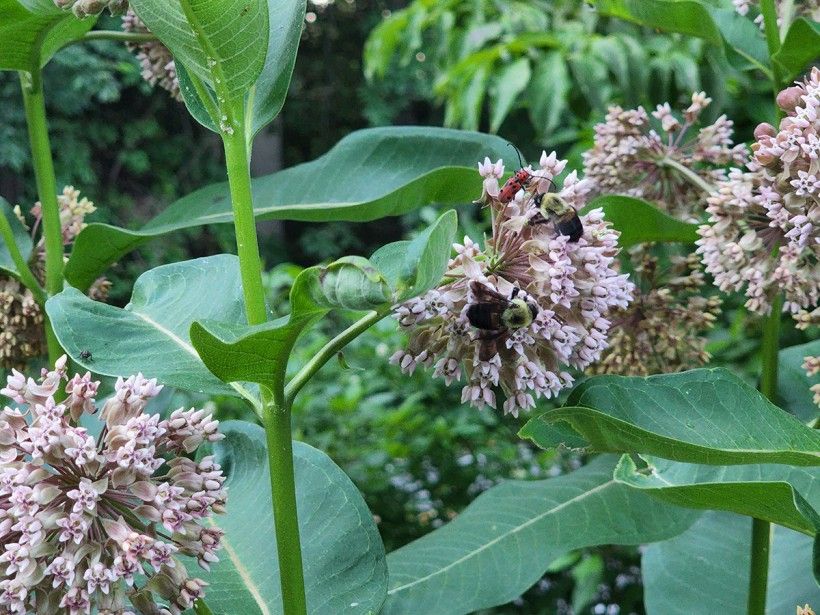
If you live or have property in Westmoreland County, please contact Penguin Court’s Program Manager, Melissa Reckner, before you certify your habitat as a Monarch Waystation. Westmoreland County celebrates its 250th anniversary this year and to honor that milestone, Penguin Court, Westmoreland Pollinator Partners and Discover Westmoreland have set a goal to have 250 Monarch Waystations in the county by the end of this year. There are already 60, so we have 190 to go! We need your help to reach our goal.
Thanks to the generosity of FirstEnergy (WestPenn Power) and the Westmoreland County’s 250th Anniversary Initiatives, the first 190 Monarch Waystation applications received by Penguin Court for properties in Westmoreland County will receive their certificate and sign at no cost; however, it’s important that Westmoreland County certifications run through Penguin Court for tracking and financial purposes. Those with property in Westmoreland County may complete this application and either mail or email it to Melissa Reckner as directed. Then, Melissa or Deb Christopher will be in touch to arrange getting your certificate and sign.
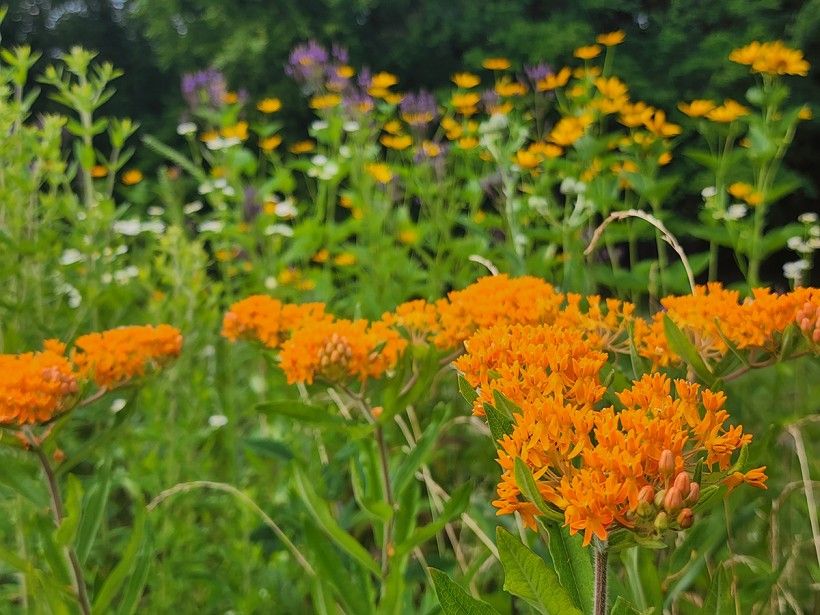
Regardless of whether or not you choose to certify your property as a Monarch Waystation, incorporating native plants, eliminating invasive species and following best management practices will benefit not only our beloved monarch butterflies, but all pollinators—which need our help.
Even small gardens in urban spaces can provide connectivity between larger habitats and serve as refugia, and you’ll appreciate the color and life that visits throughout the seasons.
Header image by Nora Sadler. All other photos by Melissa Reckner